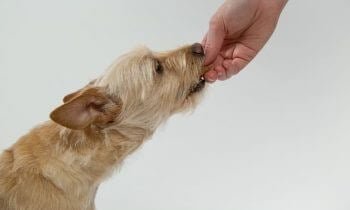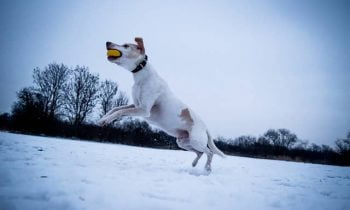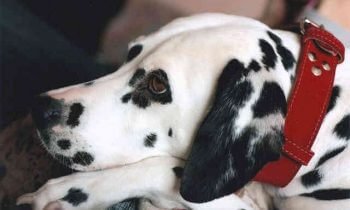Two things determine the quality of a dog collar: the material of the collar itself and the quality of the fastener or buckle that keeps it on your dog’s neck. There are a variety of dog collars available in the market but you should choose yours based on your dog’s size, physicality and general disposition. For example, small toy dogs won’t need thick and heavy dog collars at all while larger dogs will.
Here is a list of dog collar types ranked from the worst to the best ones.
Worst Collars (Don’t use on your pets ever unless recommended by an expert or your vet.)
1. Shock collars
Shock collars are used to fix severe behavioral issues but somehow cause additional and long-term damage to your dog’s psyche and behavior. Avoid using these at all costs as they border on animal abuse due to its primary mechanism of automatically inflicting pain on the dog wearer whenever it misbehaves.
2. Prong or pinch collars
This is another collar which inflicts pain on the dog to try and teach it to properly behave. Pinch collars are used to remind dogs that pulling on its leash is bad but some dogs never get the cue and end up seriously hurting themselves. If you truly love your dog, never use this on them.
Okay Collars
1. Body harnesses
Body harnesses are a topic of debate. Compared to the first ones, harnesses are definitely more humane and can even be an alternative for dog with neck issues. But aren’t effective in preventing dogs from pulling as the structure of harness gives a strength advantage to the dog wearing it. You can probably reserve using harnesses on non-hyperactive and well-trained dogs.
2. Head collars
Also called head halters, these collars are similar in concept with a horse’s bridle.
3. Martingale collars
Martingale collars are a great choice for collars as its structure doesn’t harm dogs even when they pull while wearing the collar. This standard flat collar cinches down but only so slightly whenever dogs pull. Nonetheless, this type of collar will still be safer and suitable to dogs who already understand that they need to stop pulling when their collar starts cinching.
4. Rolled Collars
Rolled collars are best used with dogs who have long hair as the leather material of the collar will not mat the dogs fur. They are described to be primarily made of a thin strip of leather rolled into a tube-like shape. One downside of using these collars is that the thinness of its diameter might hurt your dog.
Best Collars
1. Flat collars with quick release
These collars are the common ones found in pet shops are usually made from nylon but can also be found in other materials such as leather.
2. Flat collars with buckles
These are old-fashioned dog collars. Given its flat shape, this type of collar won’t put pressure on your dog’s trachea. And unlike its quick release counterpart, this flat collar is less prone to slipping as it is fastened by reliable buckles. They come in nylon and leather variants. To further maximize this collar’s benefits, get one that is properly sized to fit your dog’s neck.
Collars are an essential accessory for dogs. Pick one that best fit your dog’s needs to ensure that live a comfortable and pain-free life.

 Choosing the best food to feed your dog
Choosing the best food to feed your dog Picking the right dog toys for your pet
Picking the right dog toys for your pet The best and worst types of dog collars
The best and worst types of dog collars